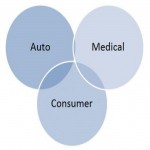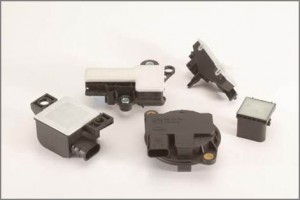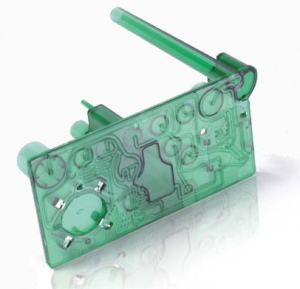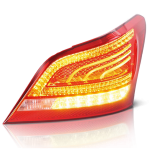
Nearly two decades old, laser plastic welding is gradually gaining a foothold in the plastics joining universe. It started out as a niche welding method providing specialized welds for cutting edge applications that could not be joined by traditional methods. Today the technique is becoming more widely used.
Plummeting costs of laser sources and a higher demand for the systems themselves are driving the cost to adopt laser welding down. In fact, the cost of a standard laser welding system is now on par with traditional methods such as ultrasonic and hot plate welding.
Currently you can find the majority of applications in three major industries: automotive, medical and consumer products. However, with the cost barrier alleviated, laser plastic welding is beginning to look more attractive to wider range of applications and industries.
Automotive
The automotive industry created the foundation for laser welding. The original use was welding housings for electronic components. A simple task, but as electronics become more prevalent in cars (approaching 35% of the total cost of a vehicle) protecting those electronics is becoming increasingly important.
A stress free, reliable and highly monitored process allows for tightly sealed housings, with no additional material costs and a near perfect reject rate. The high volume applications in the automotive industry clearly benefit from such a process.
The flexibility of laser welding does not stop there. Through the use of robots, laser welding was able to expand its abilities in the automotive industry to include lamp welding. Clean, strong joints have been sought after for automotive lamp assembly ever since plastics replaced glass for exterior lighting. Laser welding is a stress free process and clean, aesthetically appealing joints are easily achieved. But, possibly even more important is its ability to work on large, free-form shapes with complex curves, a vice of most traditional welding methods.
Other applications in the automotive industry include welding of instrument panels, keyless entry remotes and even fuel tanks.
Medical
The medical device industry is quickly growing, requiring joining of plastic devices ranging from catheters to microfluidic devices. The surgical nature of laser plastic welding makes it well suited to handle the delicate devices and precision joining.
Besides hermetic seals and a high precision requirement, medical devices often require perfectly clean joints. This task is often difficult for other joining methods. Adhesives can cause contamination, especially at the micro level where many of these devices are operating and traditional welding methods such as ultrasonic and vibration leave dust-like particulates behind that can also contaminate the device.
Consumer
The consumer products industry is a large one, but as of yet it still lags behind automotive and medical. The main reason for this is because typically consumer products do not require the specialized needs of laser plastic welding (precision, clean joints, stress free welds, etc.) or if they do, it is not to a degree that other welding methods cannot accommodate.
However, as laser welding systems become less capital intensive it is likely that adoption will increase in this industry. Consumer products are often at high enough volumes that they will benefit from the low production costs associated with laser welding. Also, as consumer electronics become smaller the precision and low-stress capabilities will become increasingly attractive.
Conclusion
With so many potential uses and the ever-diminishing cost barrier, laser welding adoption will likely increase in uses within the three original industries while also expanding into new industries as well. The process allows for unprecedented flexibility in joint designs, precision and materials, making it ideal for innovative welding applications.







